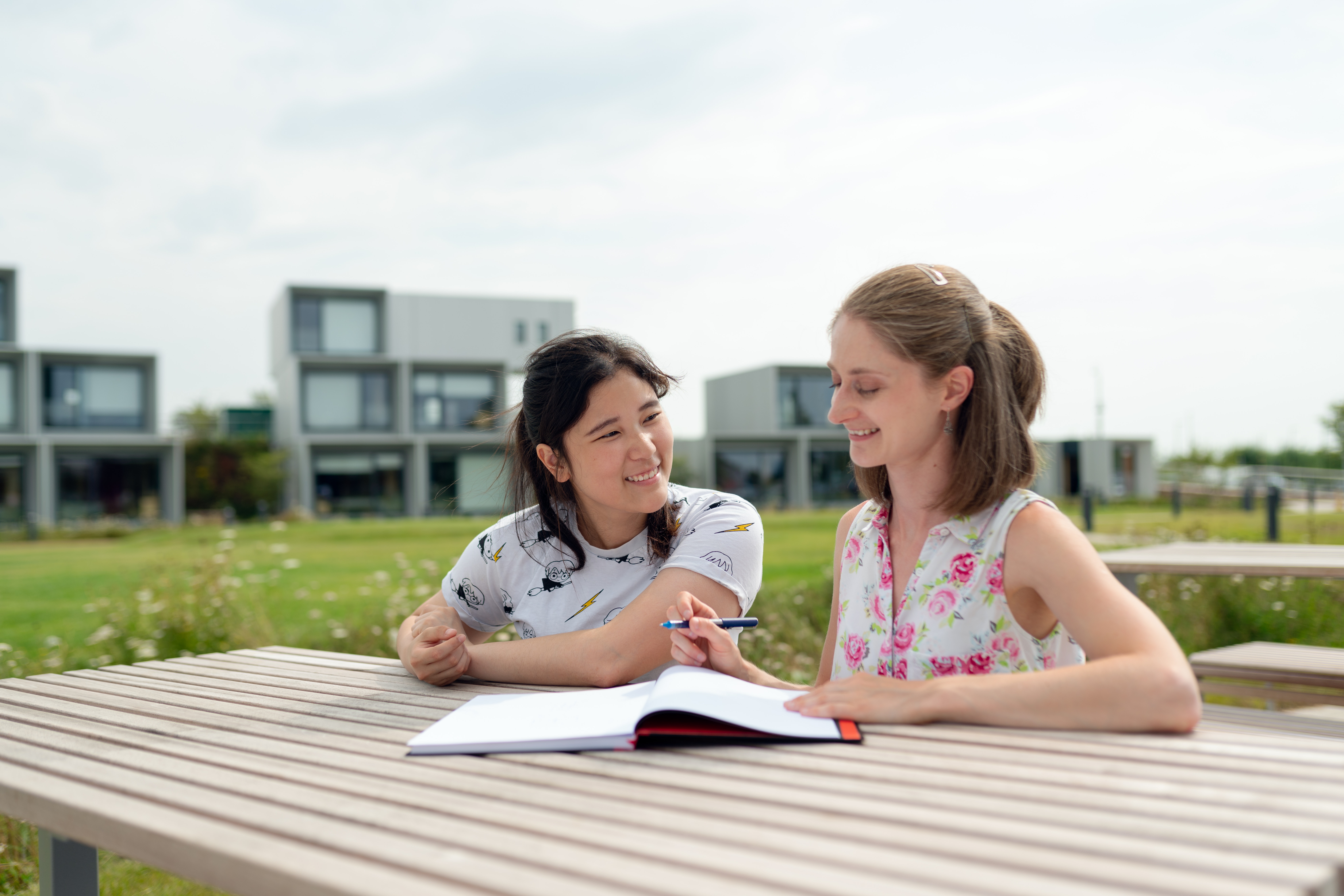Using HSC English past papers is an excellent way to prepare for your exam. Reviewing previous exams can help identify areas you need to improve on and give you an…
Metaphor, simile, imagery, alliteration, allusion, assonance, rhetoric, pathetic fallacy …. what do all these words have in common? They all fall under what is known as language techniques.
Language techniques are terms used to describe the different ways in which language can shape meaning to persuade, challenge, comfort or touch an individual. They are used to construct an effective and high quality text, and help give understanding to the reader. They make chunks of information more interesting, exciting and engaging to read. It’s the difference between a scientific report on fungi growth and The Fault in Our Stars.
They also make up the foundations of HSC English. The Standard and Advanced English syllabus for Discovery states that students must “consider the ways composers may invite them to experience discovery through their texts and explore how the process of discovering is represented using a variety of language modes, forms and features.” The key word here is “representation”: how can an abstract, airy-fairy concept like discovery be grounded and articulated into existence? It is through language techniques.
Consider this extract from William Wordsworth’s 1798 poem “Tintern Abbey”. What techniques can you identify? In what ways do these techniques help the poem to convey ideas about discovery?
And so I dare to hope
Though changed, no doubt, from what I was, when first
I came among these hills; when like a roe
I bounded o’er the mountains, by the sides
Of the deep rivers, and the lonely streams, 70
Wherever nature led; more like a man
Flying from something that he dreads, than one
Who sought the thing he loved. For nature then
(The coarser pleasures of my boyish days,
And their glad animal movements all gone by,)
To me was all in all.—I cannot paint
What then I was. The sounding cataract
Haunted me like a passion: the tall rock,
The mountain, and the deep and gloomy wood,
Their colours and their forms, were then to me 80
An appetite: a feeling and a love,
That had no need of a remoter charm,
By thought supplied, or any interest
Unborrowed from the eye.
Line 68 – The simile “like a roe I bounded o’er the mountains” (a roe is a deer) suggests that the persona was full of energy and had a deep connection to nature, as animals do. The high modality of the word “bounded” – as opposed to “jumped” or “hopped” or “walked” creates a more dramatic image.
Lines 70-71 – The use of personification in the phrase “lonely streams” and “wherever nature led” creates an emotional connection to the landscape and nature by assigning it human qualities.
Lines 74-75 – The use of parenthesis (brackets) in a poem gives the effect of the persona pausing to think. It also creates a somewhat more intimate connection between the reader and the persona, as if he is revealing more information to the reader in hindsight. The metaphor “glad animal movements” again compares the actions of his “boyish days” to those of an energetic, appetite-driven animal.
Lines 76-77 – The metaphor used in the line “I cannot paint what I was then” likens the persona’s recounting of his life to an artist painting – as if giving a more vivid and life-like account of his past than he would be able to achieve in mere words.
Lines 77-78 – The simile “the sounding cataract haunted me like a passion” compares the waterfall’s impact on the persona to that of his own emotions, displaying his deep connection to nature.
Lines 78-79 – The listing seen in the line “the tall rock, the mountain, and the deep and gloomy wood” produces a cumulative effect which increases the power of the nature imagery.
Now that we have identified these techniques and explained them briefly, what do they contribute to the idea of discovery? It is not good enough to analyse techniques in isolation. They belong in the broader context of a conceptual argument – eg. Wordsworth’s “Tintern Abbey” conveys ideas about self-discovery through the stimulus of nature. Thus the simile “the sounding cataract haunted me like a passion”, by linking natural beauty with physical longings, reveals the interconnectedness of the persona’s identity with nature and the self-discovery that is prompted by a return to the landscape. Always link techniques to effects to ideas – that’s the secret to mastering HSC English.

HSC English Tutors
Master Coaching offers one on one tutoring for HSC English. We are located in Hurstville, Sydney, and also offer online tutoring for students across NSW.


